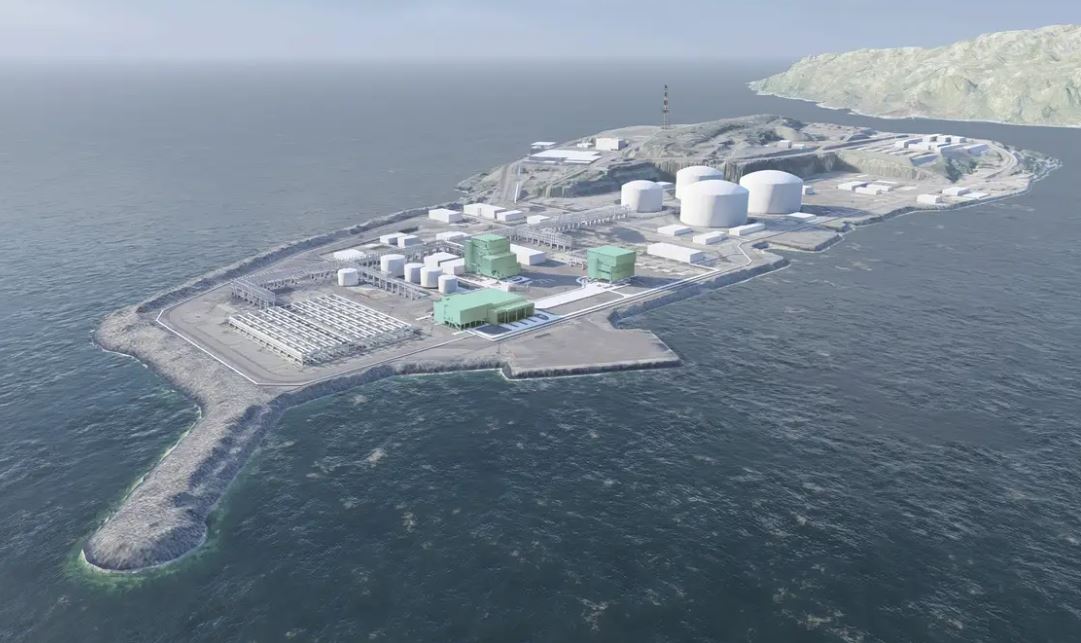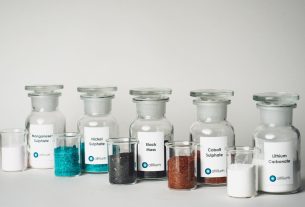Norway – The Hammerfest LNG plant, HLNG, near Melkoya will receive an upgrade thanks to NOK 13.2 billion in investment from the Snohvit partners in 2022. The project, which incorporates onshore gas compression and electrification, will safeguard HLNG’s future.
On behalf of the Snohvit collaboration, Equinor presented the Minister of Petroleum and Energy with a plan for the development and operation (PDO) of Snohvit Future at a ceremony in Hammerfest.
Beyond 2030, HLNG’s production will remain at a plateau and its high gas exports will be maintained thanks to onshore gas compression. With electrification, HLNG emissions will drop by about 850,000 tonnes annually.
HLNG delivers 18.4 million standard cubic meters of gas per day, or 6.5 billion standard cubic meters annually, under normal production conditions. This equates to 5% of total Norwegian gas exports, or the energy needs of about 6.5 million houses in Europe.
The plant, which will also undergo significant improvements, will get three sizable modules fitted. In addition, there will be a lot going on in the Hammerfest area, like building a tunnel and a transformer station to supply Melkoya with electricity.
A 420 kV power line from Skaidi to Hyggevatn will be built by Statnett as a result of increased demand for electricity to HLNG, and the Snohvit partners will contribute significantly to the overall investment. By increasing Hammerfest’s grid capacity, the new line will improve the region’s power infrastructure, opening the door for brand-new industrial projects.
To electrify, power from the shore must be used in place of the existing gas turbine generators. By 2030, the oil and gas industry will have reduced emissions by 55% overall, and this measure will reduce emissions by 13% of that amount. The project’s emissions savings are equal to 2% of Norway’s yearly emissions.
Ripple effects
The project will have a significant impact on employment as well as the provision of local and regional services. The value created during the development phase is anticipated to originate from Norwegian businesses to the tune of 70%. Northern Norway will receive more than a third of this.
Since its initial development in the 2000s, HLNG has produced major socioeconomic benefits for the city of Hammerfest, the county of Finnmark, and the commerce and industry in North Norway. With about 350 employees and another 150 contractors and apprentices, the facility is a pillar in the community. Additionally, there are unintended economical advantages.
The operations phase is anticipated to be extended by 10 years as a result of the development while maintaining present employment levels.




